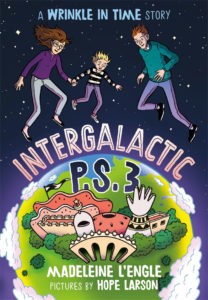By RuthAnn Deveney
Recently, I read Anne Bogel‘s upcoming release, I’d Rather Be Reading, which is a lovely collection of bookish essays. In the piece entitled, “A Reader’s Coming of Age,” Anne talks about the transition in her early twenties, when she had to go from having books chosen for her to needing to choose her own books. She walks through certain “exhibits” of books that shaped her as a reader and helped her become the reader she is now. She says,
“We make a reading life by reading, and we stumble as we figure it out, learning through trial and error not just what to read for ourselves, but how. Establishing not just that we will be readers, but determining what kind of readers we will be.”
This essay got me thinking about the formative years that shaped me into a Madeleine reader: the decade between my early teens and mid-twenties. Throughout high school, college, and early marriage, Madeleine was a constant for me.
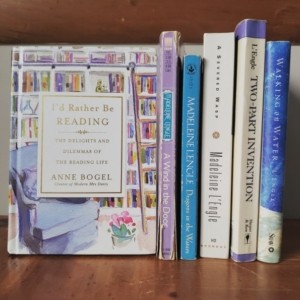
Let the evidence show:
Exhibit A: A Wind in the Door. Age 11, grade 6. Paperback eventually stolen from my sister’s bookshelf. I’d read A Wrinkle in Time, and I liked it, yes, but this! This weird and wonderful tale of science and interconnectedness sang to me. Meg’s prickly nature and Charles Wallace’s precociousness were hugely appealing to me, and I relished the words that Madeleine used, both real and made-up: Mitochondria! Farandolae! Metron Ariston! For a school project, I drew a picture of Sporos, which I copied from the cover of the paperback. I remember concentrating very hard on his eyes, which had to shine “like moonstones.”
Exhibit B: Dragons in the Waters. Age 16, grade 10. New trade paperback. Back in the day, messenger-style shoulder bags were all the rage for teen girls, and I carried around a small-ish one during the school day. It wasn’t large enough for my textbooks, but it was just the right size for my day planner and a paperback, and really, what more did I need? On this particular day, I was working a table for student council during a lunch period, probably selling dance tickets or carnation flower grams as a fundraiser, or something. Business was slow, so I took out my book to read while I ate. Dragons in the Waters is one of the “Poly books,” as I call them, which are about Meg’s children, especially her oldest daughter, Polyhymnia. I was engrossed in the story of Poly and Simon in South America when, abruptly, an upperclassman girl walked by and asked scornfully, “Isn’t that a kids’ book?” I looked up, shrugged, and said, “It’s good. Have you read it?” She hadn’t, and she flounced off. I went back to reading, unconcerned. Funny, I still have that interaction as an adult.
Exhibit C: A Severed Wasp. Age 18, grade 12. Library book with a purple paisley cover. In high school, I steadily worked my way through any Madeleine books I could find disregarding whether they were part of a series or remotely connected to anything I’d read before. To my delight, I found a whole shelf of them in my school library! I conscientiously worked my way through the titles. Midway through A Severed Wasp, after I had read about death, intimations of torture in concentration camps, and very unconventional family relationships, I paused. “Hmm,” I thought, “I don’t think this is a book for teens.” There were no plucky nerds saving the universe, no telepathic dolphins, no time-traveling unicorns. Just hard stuff and people working through it. And yet, I was compelled to read it. I didn’t stop to consider whether I liked it, I just knew it was good. Occasionally, I found some familiar names (Canon Tallis! Suzy Austin!), and when I checked the Chronos/Kairos “family tree” that’s in the beginning of my editions of the Time Series, I saw their names. I was in the same universe. And yet, I was reading a totally different kind of book. It was my first “adult” novel, and I’m so glad I didn’t know it when I started.
Exhibit D: Two-Part Invention. Age 21, junior year of college. Used paperback, new to me. I had read Two-Part Invention in high school, and I already knew it was important to me. This memoir about Madeleine’s marriage to Hugh Franklin opened my eyes to her nonfiction, and it gave me language to think about marriage. Now, I was dating this guy, and I was pretty sure that I was going to marry him, which really freaked me out. Was I settling down too soon? Opposites attract, and there were a lot of differences between my boyfriend and me, but I knew that we had to be on the same page about marriage, if we were indeed going to be married. So, I asked him to read Two-Part Invention, because it had shaped my views so significantly. It was hard not to put a lot of pressure on that reading. “If he doesn’t like it, it’s okay,” I told myself. But was it? I wasn’t sure. I held back from asking him how far he’d gotten or what he thought so far. Better to get it over with all at once, I resolved. Finally, he returned my copy. “I liked it,” he said simply. “I feel like I know you a lot better now.” (Spoiler: we got married!)
Exhibit E: Walking on Water. Age 25. New hardcover. My husband gave me this copy when we were in college as part of a cheering-up surprise package that we affectionately called “dorm storm!” (Mine usually included Cup Noodles and Swedish fish) I read it as a student, and it broadened my Madeleine horizons even more. Here was writing about faith in a way that was simultaneously comforting and familiar (oh, it’s Aunt Madeleine again) but also startling and confusing (what is she talking about?). Her ideas settled in my brain as seeds waiting to take root. In the years right after college, my husband and I did a lot of work to build a faith that was our own. In our travels, we made friends with other young couples, and I found myself referring to Walking on Water all the time. In it, Madeleine asks, What is good art? She asserts that there’s no such thing as secular or sacred art; instead, “good” art simply tells the truth. These ideas spurred a lot of conversations (er, debates) in this formative time of life, and even if I didn’t agree with Madeleine all the time, she certainly made me think. At one point, I lent Walking on Water to a friend, and when he gave it back to me, he said, “That Madeleine, she’s kind of wacky!”
Yes, yes, she is, and she made me into the reader I am today. As Anne put it in a section about authors who feel like friends:
“Madeleine L’Engle is Madeleine to me, because I feel like we understand each other.”
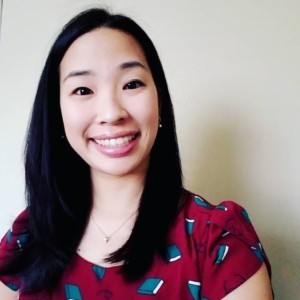 RuthAnn Deveney works in corporate learning and development and loves walking around her small town of Kennett Square, Pennsylvania. She lives there with her husband, dog, and a huge collection of Madeleine L’Engle books, including her most prized volume: a signed copy of A Swiftly Tilting Planet, which a friend gave to her in high school after finding it at a yard sale for fifty cents! You can read more Madeleine musings at RuthAnn’s blog or follow her on Twitter and Instagram.
RuthAnn Deveney works in corporate learning and development and loves walking around her small town of Kennett Square, Pennsylvania. She lives there with her husband, dog, and a huge collection of Madeleine L’Engle books, including her most prized volume: a signed copy of A Swiftly Tilting Planet, which a friend gave to her in high school after finding it at a yard sale for fifty cents! You can read more Madeleine musings at RuthAnn’s blog or follow her on Twitter and Instagram.
This piece was originally published on RuthAnn’s blog. Do you have something you’d like us to share with our blog readers? We are taking submissions for guest blog posts. Email: social [at] madeleinelengle [dot] com

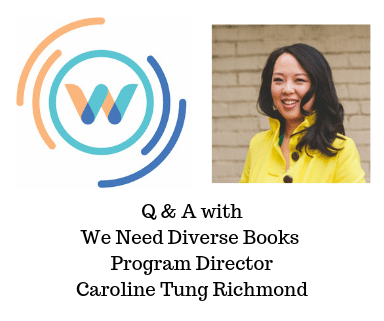
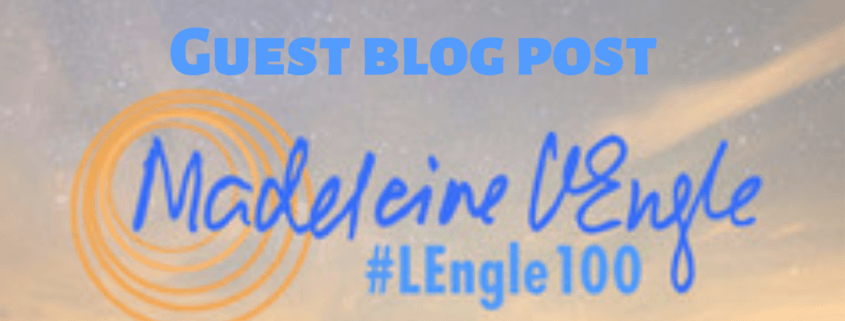
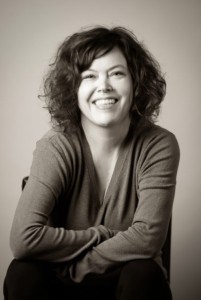
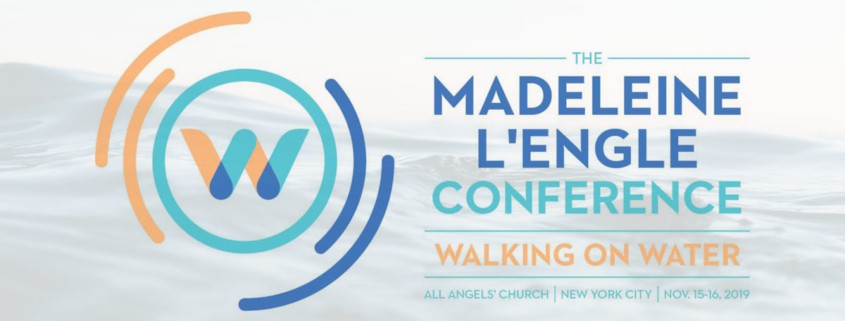
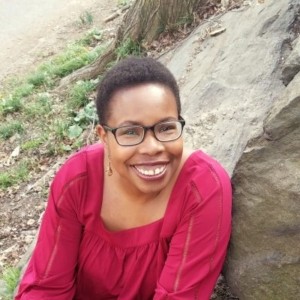 Moderator
Moderator 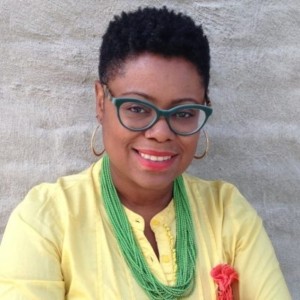 g has been published in The New York Times Book Review, the Horn Book Magazine, and The Rumpus, among others. Her debut novel,
g has been published in The New York Times Book Review, the Horn Book Magazine, and The Rumpus, among others. Her debut novel,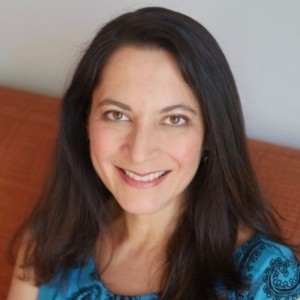 Award, the 2019 Walter Dean Myers Honor Award and the 2018 Malka Penn Award for Human Rights in Children’s Literature. The Night Diary has been featured on NPR’s Weekend Edition, is a New York Times Editor’s Choice Pick, and was chosen as a 2018 Best Children’s Book of the Year by The New York Times, The Washington Post, NPR, Amazon, School Library Journal, and Kirkus Reviews, among others. She is also the author of
Award, the 2019 Walter Dean Myers Honor Award and the 2018 Malka Penn Award for Human Rights in Children’s Literature. The Night Diary has been featured on NPR’s Weekend Edition, is a New York Times Editor’s Choice Pick, and was chosen as a 2018 Best Children’s Book of the Year by The New York Times, The Washington Post, NPR, Amazon, School Library Journal, and Kirkus Reviews, among others. She is also the author of 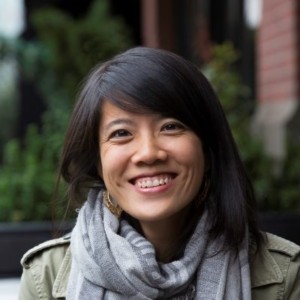

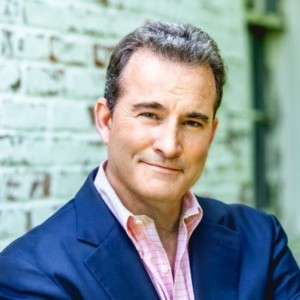
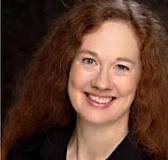
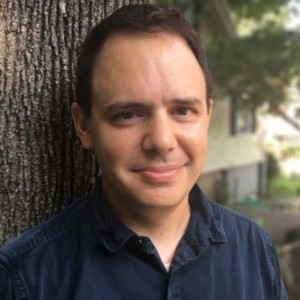
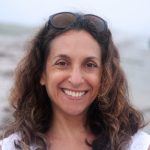
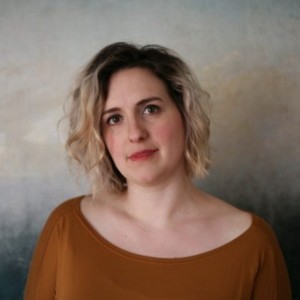 Assad is an author, speaker, record producer, and critically lauded songwriter and musician living in Nashville, Tenn. She releases music she calls “soundtracks for prayer” on her label Fortunate Fall Records. L’Engle fans will recognize that a number of her tracks have some L’Engle influences (like “The Irrational Season”).
Assad is an author, speaker, record producer, and critically lauded songwriter and musician living in Nashville, Tenn. She releases music she calls “soundtracks for prayer” on her label Fortunate Fall Records. L’Engle fans will recognize that a number of her tracks have some L’Engle influences (like “The Irrational Season”).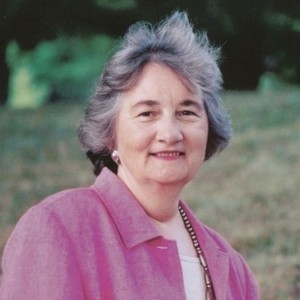
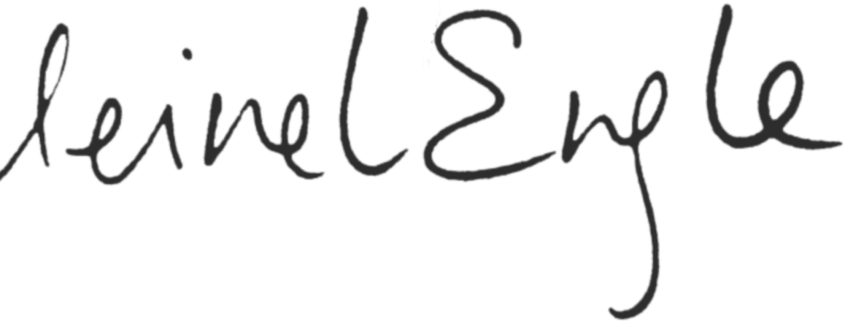

 RuthAnn Deveney works in corporate learning and development and loves walking around her small town of Kennett Square, Pennsylvania. She lives there with her husband, dog, and a huge collection of Madeleine L’Engle books, including her most prized volume: a signed copy of A Swiftly Tilting Planet, which a friend gave to her in high school after finding it at a yard sale for fifty cents! You can read more Madeleine musings at RuthAnn’s
RuthAnn Deveney works in corporate learning and development and loves walking around her small town of Kennett Square, Pennsylvania. She lives there with her husband, dog, and a huge collection of Madeleine L’Engle books, including her most prized volume: a signed copy of A Swiftly Tilting Planet, which a friend gave to her in high school after finding it at a yard sale for fifty cents! You can read more Madeleine musings at RuthAnn’s 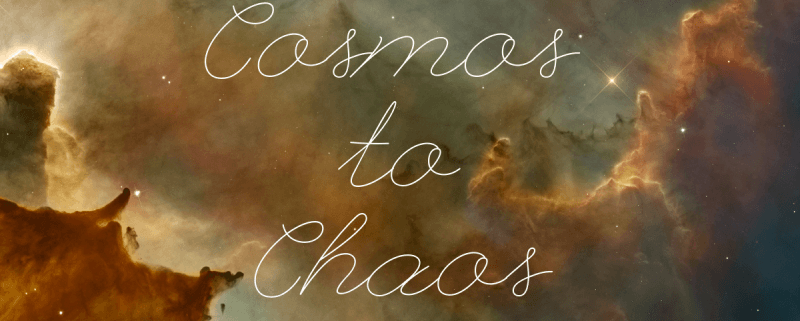
 Valerie Catrow is a church administrator, wife, mother, and friend who lives in Richmond, Virginia. She reads often and writes a bit. You can read some of her writing at
Valerie Catrow is a church administrator, wife, mother, and friend who lives in Richmond, Virginia. She reads often and writes a bit. You can read some of her writing at 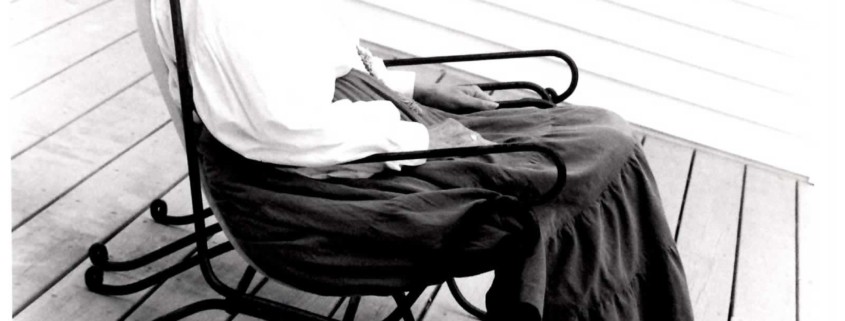 Ken Lewis
Ken Lewis